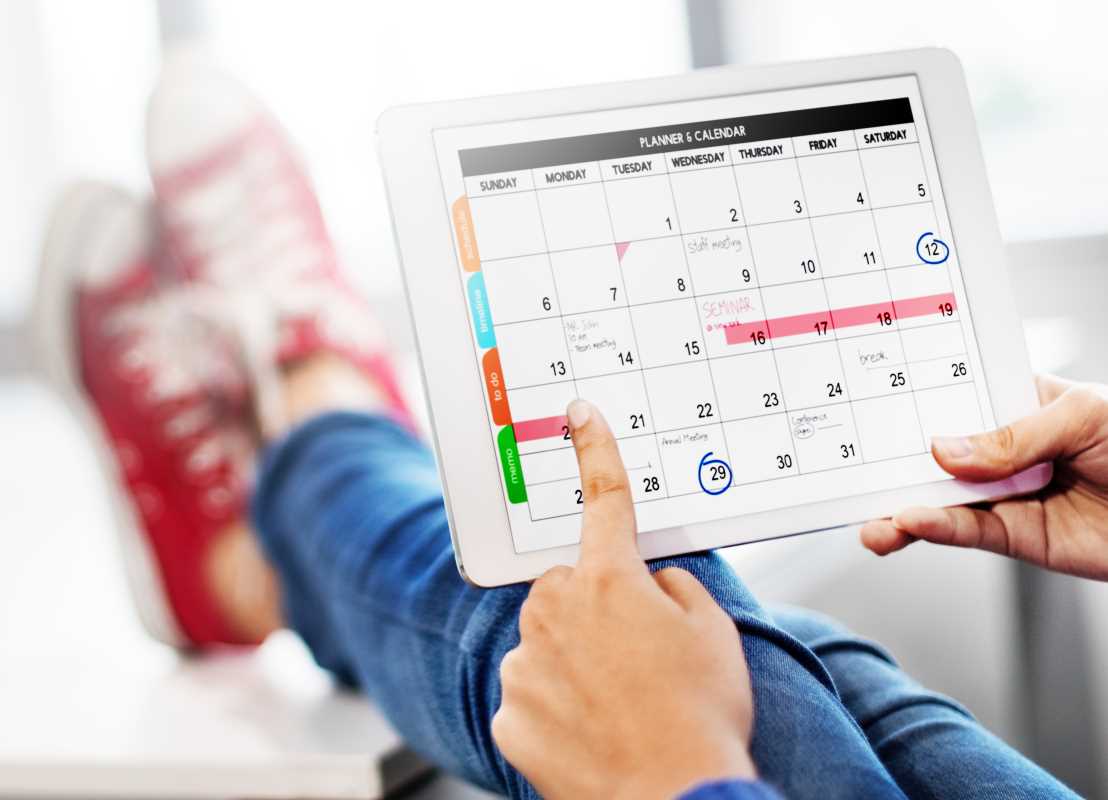Managing content creation without a plan can lead to missed opportunities, wasted resources, and unnecessary stress. A content calendar solves these problems by organizing your content strategy in one place. It helps you plan ahead, maintain consistency, and make the best use of the resources you already have. As a small business owner, a marketer, or a member of a growing team, building a content calendar guarantees every piece of content serves a purpose. We will walk you through the process of creating a methodical, efficient content calendar that optimizes time, effort, and budget while improving your content’s overall quality and impact.
1. Define Clear Goals for Your Calendar
Understanding what your content aims to achieve lays the foundation for all your planning. A content calendar is most effective when aligned with your business objectives, audience needs, and marketing efforts.
- Determine the primary goals your content must support, such as driving traffic, increasing engagement, or boosting sales.
- Identify your target audience and what kind of content they prefer.
- Consider seasonal events, product launches, or marketing initiatives you want to highlight.
Using your goals as a guide helps keep your calendar focused on activities that directly contribute to measurable results.
2. Take Inventory of Available Resources
Identifying the resources at your disposal prevents overcommitting and helps you allocate your time and budget effectively. Taking stock of your current assets gives you a clearer picture of what’s possible within your constraints.
- Review your team’s capacity and skill sets.
- Identify existing resources like blog posts, videos, or customer testimonials that can be updated or repurposed.
- Note the tools and platforms you already have for scheduling and publishing content.
Starting with an understanding of your resources avoids overextending your team and creates space to focus on quality.
3. Decide on Content Types and Topics
Choosing the types of content you’ll produce and mapping out topics helps keep your calendar both diverse and audience-focused. Aligning topics with your goals keeps everything cohesive and efficient.
- Research the formats your audience engages with most, such as blogs, videos, social media posts, or infographics.
- Plan topics around common questions, industry trends, or customer pain points.
- Mix evergreen content that stays relevant over time with timely pieces like promotional posts or campaign updates.
A balanced mix of content keeps your calendar varied and interesting for your audience.
4. Establish a Posting Frequency
Deciding how often to publish content prevents overloading your team and helps maintain consistency.. Regularity builds trust, sustaining engagement without overloading your resources.
- Assess how much content your team can realistically produce each week or month.
- Use analytics to identify peak times for engagement within your audience.
- Build flexibility into your schedule to allow for unexpected needs or updates.
Finding the right mix of quality and frequency allows you to deliver value with each piece of content.
5. Select a Content Calendar Tool
Organizing your work in an easy-to-use platform streamlines workflows and keeps production consistent. Digital tools are invaluable for centralizing tasks and making collaboration simple.
- Try platforms like Google Sheets, Trello, Airtable, or specialized content marketing software like CoSchedule.
- Choose a tool that provides features like task assignments, timelines, and content previews.
- Use a color-coded system to highlight different content types or progress stages.
An intuitive tool means your calendar stays clear and accessible for all team members involved.
6. Build a Publishing Workflow
A structured workflow makes sure content moves smoothly from ideation to publication. Each step in the process should have clear ownership to avoid bottlenecks.
- Create designated stages in your workflow, such as brainstorming, drafting, editing, and approval.
- Assign specific team members or stakeholders to each stage.
- Set deadlines for every stage to stay on track and prepare for potential delays.
Simplifying workflows helps complete projects efficiently without sacrificing quality control.
7. Map Out a Monthly or Quarterly Plan
Dividing your calendar into manageable timeframes gives you an overview and allows for adjustments as needed. Previewing your schedule monthly or quarterly provides clarity and flexibility.
- Group content types or campaigns into specific dates or weeks.
- Plan recurring themes or series to fill regular slots easily.
- Use a prioritized approach, starting with must-publish items before filling gaps with secondary content.
Mapping in chunks reduces the stress of scrambling to come up with ideas last minute.
8. Keep Room for Adjustments
Planning for changes means that your calendar remains functional during unforeseen circumstances. Certain content might need to be updated, paused, or shifted to accommodate new priorities.
- Leave open slots for last-minute additions like trending topics or newsworthy updates.
- Create backup content that can be published if unexpected delays occur.
- Revisit the calendar biweekly or monthly to make updates as needed.
A flexible calendar remains dynamic and adapts to real-world demands, keeping you on course.
9. Track Performance and Refine the Calendar
Analyzing performance is important to optimizing your calendar to deliver results. Metrics give you opportunities to spot what’s working and areas for improvement.
- Monitor engagement metrics like clicks, views, and shares to measure success.
- Identify underperforming content and adjust topics or formats for better outcomes.
- Use tools like Google Analytics or social media insights to evaluate audience behavior.
Refining your calendar based on data maximizes its efficiency and impact over time.
10. Coordinate with Team Members Regularly
Effective collaboration keeps the calendar running smoothly, guaranteeing deadlines are met and goals are achieved. Clear communication prevents duplication of efforts and maintains alignment.
- Schedule regular team check-ins to review updates and share feedback.
- Invite input from writers, designers, and marketers on upcoming campaigns.
- Use shared tools to keep everyone informed about ongoing progress.
Strong teamwork means the entire content planning process operates seamlessly.
 (Image via
(Image via





